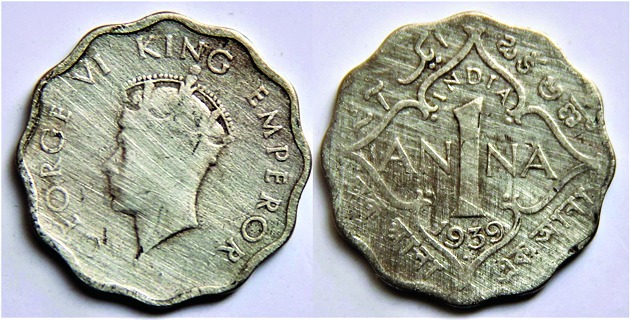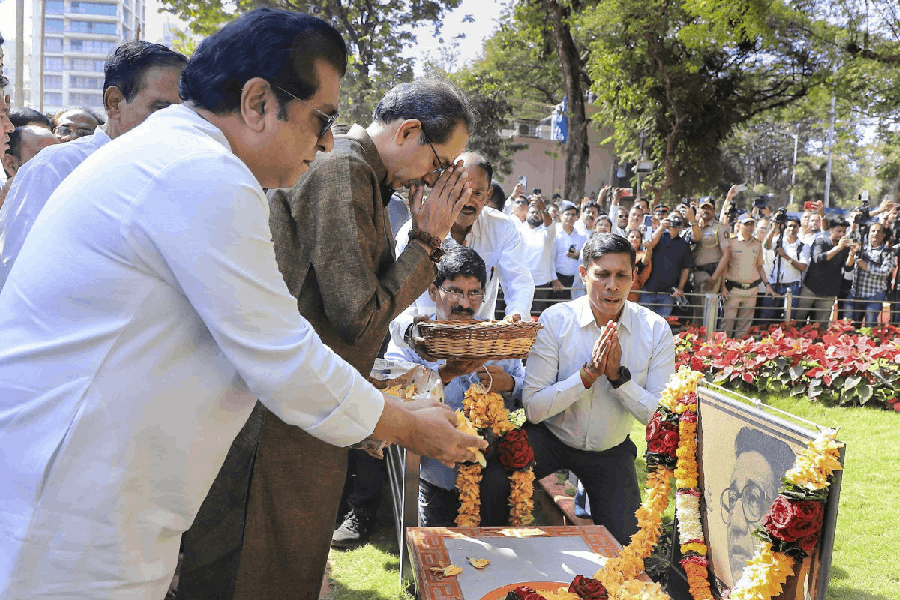
THE SOCIOLOGY OF GREED: RUNS AND RUINS IN BANKING CRISES By Prasanta Ray, Routledge, Rs 750
Contemporary capitalism is often described as different from the capitalism of the 20th century. A major difference mentioned frequently is the power of finance and the fluidity of its flows across the world. Sometimes, given its intrinsically speculative nature, this system is referred to as 'casino capitalism'. Prasanta Ray's book takes us back to the 1940s and 1950s, when Bengal (both sides of the border) experienced a serious spate of bank failures which adversely affected the economy of the province and left thousands of ordinary people, all of whom were politically invisible and mute, in financial ruin. Wealthy businessmen, financial institutions and the State were interlocked in a system that was able to convert and legitimize the conversion of public money into private wealth. Ray examines in great detail the attitude of the bankers during the period of crisis, the impotence of the people who were ruined, and indifference of the State. His book is a wonderful reminder that the inherent logic of capitalism revolves around financial greed, and money-making has always been the prime objective of economic activity.
The author's research is centred around the many people affected by the collapse of the banks, whose exact numbers are not known, the extent of their losses not recorded, and the impact on their lives not mentioned at all in official records and documents. This gap has been filled with care within what he calls, "the limits of data and the limits of conjecture". Ray has not only drawn on available archival material and newspaper reports, but extensively on literature and theatre of the times. The great silence on the issue of the conditions of the losers is not only a failure of State enactment and banking supervision by the Reserve Bank, it was also a failure of the Left organizations to lend a voice to those ordinary individuals who lost a lifetime of potential opportunities for improved well-being.
Ray constructs the moral economy of Bengal during the '40s and '50s. The last chapter, "Grasping Greed", probes brilliantly into the meaning and origin of greed. This was a period when, influenced by the colonial culture of domination and self-interest, wealth-making was freed from the constraints of moral considerations. For instance, a well-respected figure of Bengali entrepreneurship, Dwarkanath Tagore, had among his many business 'start-ups', 43 whore houses. It is not that human beings are not moral agents. There could even be repentance in hindsight regarding an action. This could be triggered by self-reflection, ostracization by peers, or State punishment. However, what Ray stresses is the social nature of greed that is fuelled by aspirations, ambitions, self-interest, and herd behaviour. The primary objective of greed is money. Money becomes under capitalism the most important 'fictitious commodity', an unnatural commodity that is sought after by all yet without any intrinsic value.
On reading the book, one is taken aback by the blatant ways in which wealthy Bengalis used small-savers' deposits to finance their own business and then claim insolvency. What is even worse is that nothing happened to them either in terms of legal proceedings or social disgrace. What is arguably the worst part of the story is that the blame in many cases was put squarely on the small depositors for being impatient and creating a run on the bank to withdraw their deposits. Ray's book should be read by all who are interested in the history of bank failures. It should also be read by those who think that Bengalis are poor businessmen because they are morally conscious. Ray has gone a distance in breaking that myth.











